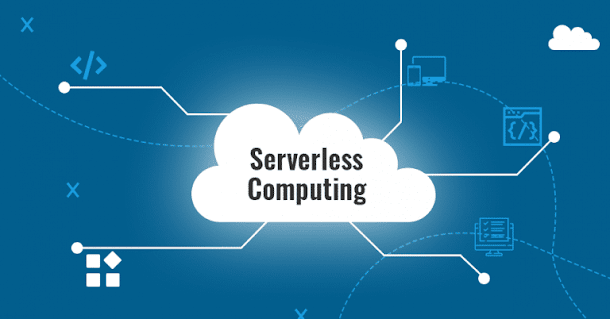In the rapidly evolving landscape of technology, Serverless technology has emerged as a game-changer, revolutionizing the way we build and deploy applications. As industry leaders, we understand the importance of staying at the forefront of technological advancements. In this comprehensive guide, we embark on a journey to unravel the intricacies of Serverless technology, shedding light on its significance, how it functions, and the myriad benefits it offers.
Serverless architecture relies on an event-driven model. It
means that functions are triggered by specific events or requests, eliminating
the need for continuous server provisioning.
Serverless encourages the decomposition of applications into
microservices. Each microservice is an independent function that can be scaled
and deployed individually.
Serverless platforms often integrate with a plethora of
third-party services and APIs, allowing developers to leverage existing
functionalities without reinventing the wheel.
Events, such as HTTP requests, database changes, or file
uploads, trigger Serverless functions. These functions are executed in response
to specific events.
Serverless platforms automatically scale functions up or
down based on the number of incoming events. This guarantees the most efficient
utilization of resources while optimizing cost-effectiveness.
"One of the primary benefits of Serverless technology
lies in its ability to deliver cost-efficiency. You only pay for the compute
resources used during the execution of functions, eliminating the need for idle
server capacity.
Advantages of
Serverless Technology
Serverless applications can effortlessly handle fluctuating workloads by automatically scaling functions in real-time.
2. Cost-Efficiency
With pay-as-you-go pricing, you only pay for the resources
consumed during function execution, reducing overall infrastructure costs.
3. Reduced Maintenance
Serverless platforms handle infrastructure management,
freeing up developers to focus on code and functionality.
4. Rapid Deployment
Developers can rapidly deploy code, reducing time-to-market
for applications.
Use Cases for
Serverless Technology
Serverless technology finds applications across various domains:
1. Web Applications
Serverless is ideal for building scalable and cost-effective
web applications, offering a seamless user experience.
It's a natural fit for IoT applications, where event-driven
architecture is crucial for handling sensor data and triggers.
Serverless is used for data processing tasks like data
transformation, analysis, and real-time stream processing.
In Conclusion
Serverless technology is not just a buzzword; it's a transformative approach to software development and deployment. It empowers developers to create scalable, efficient, and cost-effective applications that can adapt to the ever-changing demands of the digital landscape.
As we embrace the future of technology, Serverless stands at the forefront, offering boundless possibilities. The choice to leverage Serverless technology can be a game-changer for your organization, driving innovation and efficiency.


No Comments